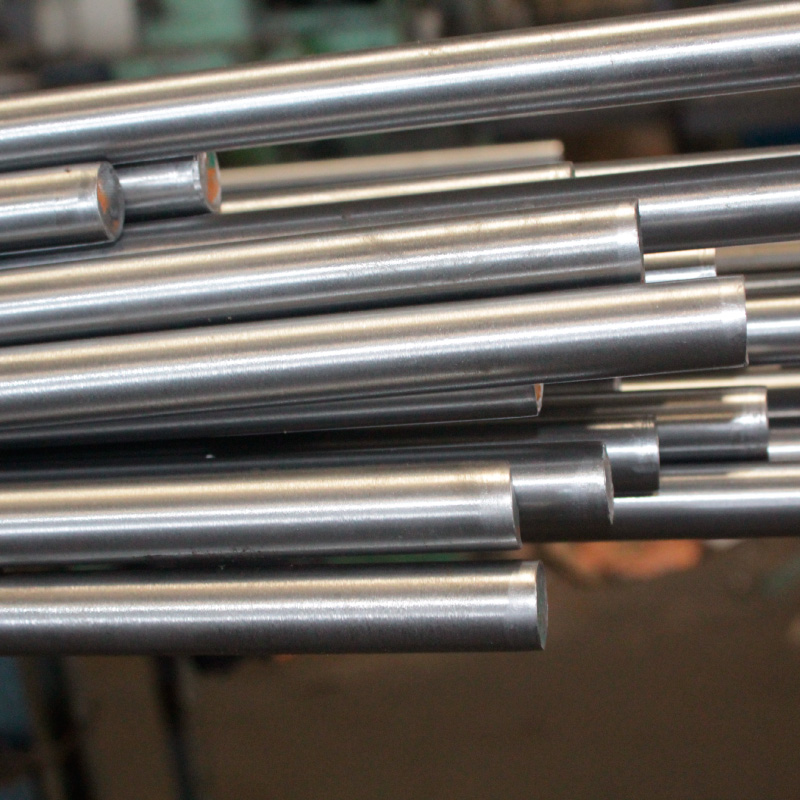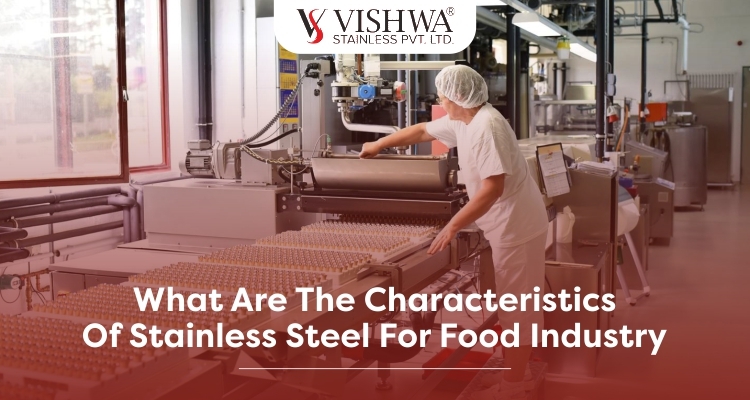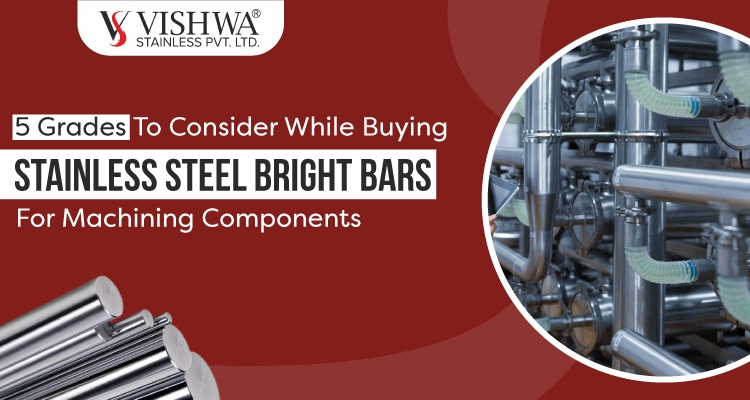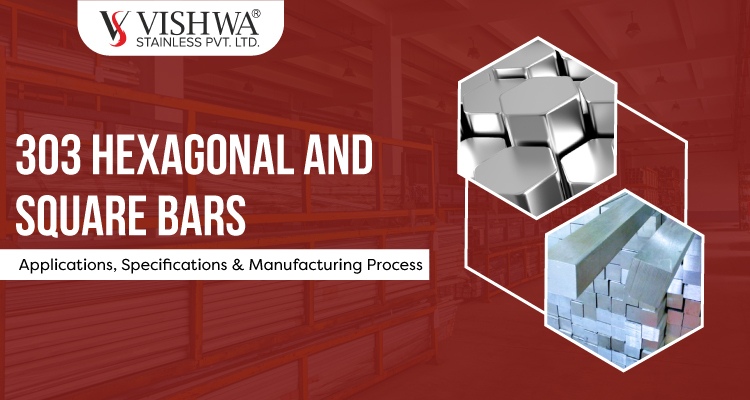As time forwarded stainless steel has been operated for customizable use for multiple industries and has even proven a beneficial adaptment. Automotive, Construction, and Medical are premier fields to adapt Stainless Steel. But when it comes to the Food Industry, there are many checkpoints such as corrosion resistance, handling, and storage capabilities that are necessary to be checked as quite uneven stainless steel matches can add rust that can cause health complications.
In addition to corrosion resistance, stainless steel also serves as a strong surface, with polished finishing and complex structures benefiting each kitchen equipment with a prolonged life span. Regular cleaning and hygiene maintenance are the main factors assured by professional kitchens and stainless steel has seen a friendly element with this too. Cooking with perfect stainless steel equipment enables food to avoid the addition of steel’s taste, which makes stainless steel ideal to get use in the food industry.

Stainless steel grade which facilitates food management with safety standards and assurance of purity and quality is considered a “food grade”. Primarily grade 304, 1.4404 or 316L, and 430 is considered the best stainless grade for the food industry that stands for excellent corrosion resistance because of high chromium and molybdenum components with less addition of carbon content. This food-grade stainless steel gets processed by a number of tempering processes to make it suitable for industrial requirements. Stainless steel gets molded into variant shapes from big appliances such as dishwashers, refrigerators, and gas ranges to small tools such as knives, forks, and other dining utensils.
Role of Stainless Steel in the Food Industry
Where most steels are built using iron and carbon, stainless steel is made with a rich metallic combination of iron, nickel, molybdenum, and chromium with a variety of volumes according to industry requirements. Stainless steel comes along with multiple benefits for the food industries with its factors of corrosion resistance, durability, and reusability.
Stainless Grade 304, 316, and 430 are mostly used in the food industry, Let’s go through the specifications of each:
Most Common Stainless Steel Grades Used in the Food Industry
Grade 304 Stainless Steel for the food industry:
Stainless steel grade 304 is a high composition of chromium, that can handle acidic food and solutions with more corrosion resistance efficiency. It is the most commonly used food-grade stainless steel in food equipment including pipe works, vats, bowls, and other machinery parts. However, it is less helpful in the presence of chlorides, which limits its applicants’ list to non-chloride food industries only.
Grade 316 Stainless Steel for the food industry:
The high composition of chromium and nickel in stainless steel grade 316 results in an authentic stainless steel alloy. The continuous process of using it at higher food-preparing temperatures (more than 800°C, or 1472°F) makes grade 316 a strong stainless sheet material even with high resistance to chlorides, acids, and alkalis. With Stainless steel grade such as 304, applicants might experience pitting corrosion that can create holes in utensils while high exposure to salt, but 316 grade overcomes this too and benefits the food industry with quality secured cookery equipment.
Grade 430 Stainless Steel for the food industry:
430 food grade stainless steel grade material is extremely similar to 316 stainless steel, because of its same chromium content, the slight difference between grade 430 and grade 316 is the less volume of nickel which increases its affordability than other food grades. Being ferritic alloy means magnetic by nature is another major difference in grade 430. This characteristic increases the resistance to stress corrosion crackling. Handling nitric and organic acids is a handful for 430 stainless steel grade, its prolonged contact with acidic compounds still stands as a concern. Undoubtedly, 430 Stainless Steel is ideal for nitric and organic acids but due to low nickel content, its resistance to dilute reducing acids is lesser, and not much preferred as 316 stainless steel grade is.
Characteristics of Stainless Steel in the Food Industry
Stainless steel is a common and vast element adapted by the food industry. Definitely, it consists of multiple reasons, as it is highly compatible from production, process, to packing. Major reasons to adapt stainless steel are mentioned below:
Chemical-Resistant: Diverse stainless steel grades behave as per elements, while generally, most are resistant to chemicals. Likely considered, food grades can handle even the highest blanches without any taste composition to food with crackling resistance.
Heat Compatibility: When high-temperature meals are added to any utensils or heavy food machinery, the main concern is of having containers that can handle it without any purity compromises and result in the required manner. Stainless steel container characteristics work the same as at with perks of less maintenance and machinery assurance.
Customizable Fabrication: Cutting down, welding, and molding, these three processes can be easily done with stainless steel, especially with advanced metal-working technologies. This flexible stainless steel fabrication property makes it best used in even small tools as well as huge appliances.
High Durability: Corrosion resistance is major but not only the factor which makes stainless steel a demanding element in the industrial market.
Its strong structure and complex compositions make its physical format prone. Unlike other metals, stainless steel doesn’t ask for high maintenance; it works smoothly for long years with the same results.
Easy To Clean: Standard stainless steel is manufactured with the aim of providing and adding improvement to applicant industries, that’s why its formation is kept easy to wipe and strong to avoid corrosion. Because of low maintenance, the hygiene process can be placed by food workers thoroughly and effortlessly. With this easy cleaning process, stainless steel is a good call for keeping kitchens hygienic and maintaining their same working quality for a long time.
Applications of Stainless Steel
There are uncountable industries but for your quick review, we have mentioned a few of them below:
- Kitchen Industry
- Kitchen sinks
- Cutlery
- Cookware
- Surgical tools and medical equipment
- Hemostats
- Surgical implants
- Temporary crowns
- Architecture
- Bridges
- Monuments and sculptures
- Airport roofs
- Automotive and aerospace applications
- Auto bodies
- Rail cars
- Aircraft
Conclusion
Vishwa Stainless Pvt. Ltd. has been working with multiple stainless steel grades while being the leading manufacturer of stainless steel products, for more than a decade and by combining these years of experience, we always ensure to serve precise stainless steel bars that can benefit industries for a long term, our stainless steel bars include stainless steel bright round bars, stainless steel bright hex bars, stainless steel bright square bars, stainless steel bright bars, and stainless steel wires.
Is stainless steel good for the food industry? just asking because we know even you will answer that easily now. We have gone through each important point marked for the role of stainless steel in the food industry. The addition of stainless steel in food cutlery, appliances, or even small tools can be really helpful but do not forget to take food-grade precautions before considering any in use. For any stainless steel requirements, feel free to get in touch with Vishwa Stainless Pvt. Ltd., worldwide stainless steel bright bars supplier, we would be glad to assist you.




